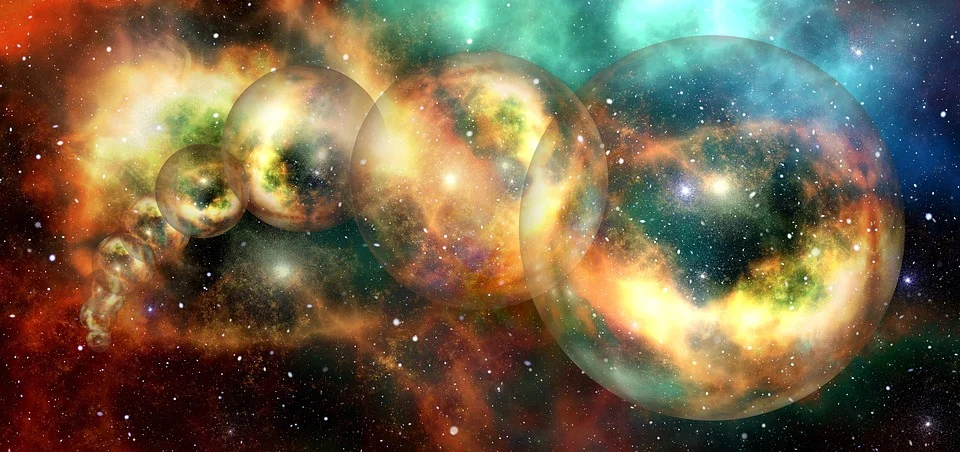
10/04/21 17:00 PM IST


What is the Standard Model?
The Standard Model is a rigorous theory that predicts the behaviour of the building blocks of the universe. It lays out the rules for six types of quarks, six leptons, the Higgs boson, three fundamental forces, and how the subatomic particles behave under the influence of electromagnetic forces.
The muon is one of the leptons. It is similar to the electron, but 200 times larger, and much more unstable, surviving for a fraction of a second.
Why the name is g minus 2?
Where Muons wobble at faster rate?
The Muon g-2 experiment at a laboratory near Chicago involves sending the particles around a 14-metre ring and then applying a magnetic field. Under, the current laws of physics, encoded in the standard model, this should make the muons wobble at a certain rate. Instead, muons wobbled at a faster rate than expected. This might be caused by a force of nature that’s completely new to science. Muon g-2 experiment result shows a different force which doesn’t fall under the four categories of force i.e. gravity, electromagnetism, strong force and weak force. The muon is one of the sub-atomic particles which are considered building blocks of our world that are even smaller than the atom.
Who conducted the experiment?
The experiment, called Muon g–2 (g minus two), was conducted at the US Department of Energy’s Fermi National Accelerator Laboratory (Fermilab). It measured a quantity relating to the muon, following up a previous experiment at Brookhaven National Laboratory, under the US Department of Energy. Concluded in 2001, the Brookhaven experiment came up with results that did not identically match predictions by the Standard Model.
The Muon g–2 experiment measured this quantity with greater accuracy. It sought to find out whether the discrepancy would persist, or whether the new results would be closer to predictions. As it turned out, there was a discrepancy again, although smaller.
How this experiment is significant?

17 Sep
'Dehradun and several other districts in Uttarakhand have experienced very heavy rainfall over the past few days, triggering landslides in multiple areas and causing rivers to swel
Read More
08 Sep
'The Rajasthan Coaching Centres (Control and Regulation) Bill, 2025, is a significant piece of legislation passed by the Rajasthan Assembly to regulate and oversee the state's burg
Read More
28 Aug
'Recently, the Indian Space Research Organisation (ISRO) successfully carried out its first Integrated Air Drop Test (IADT-1), a crucial milestone in the preparation for the countr
Read More